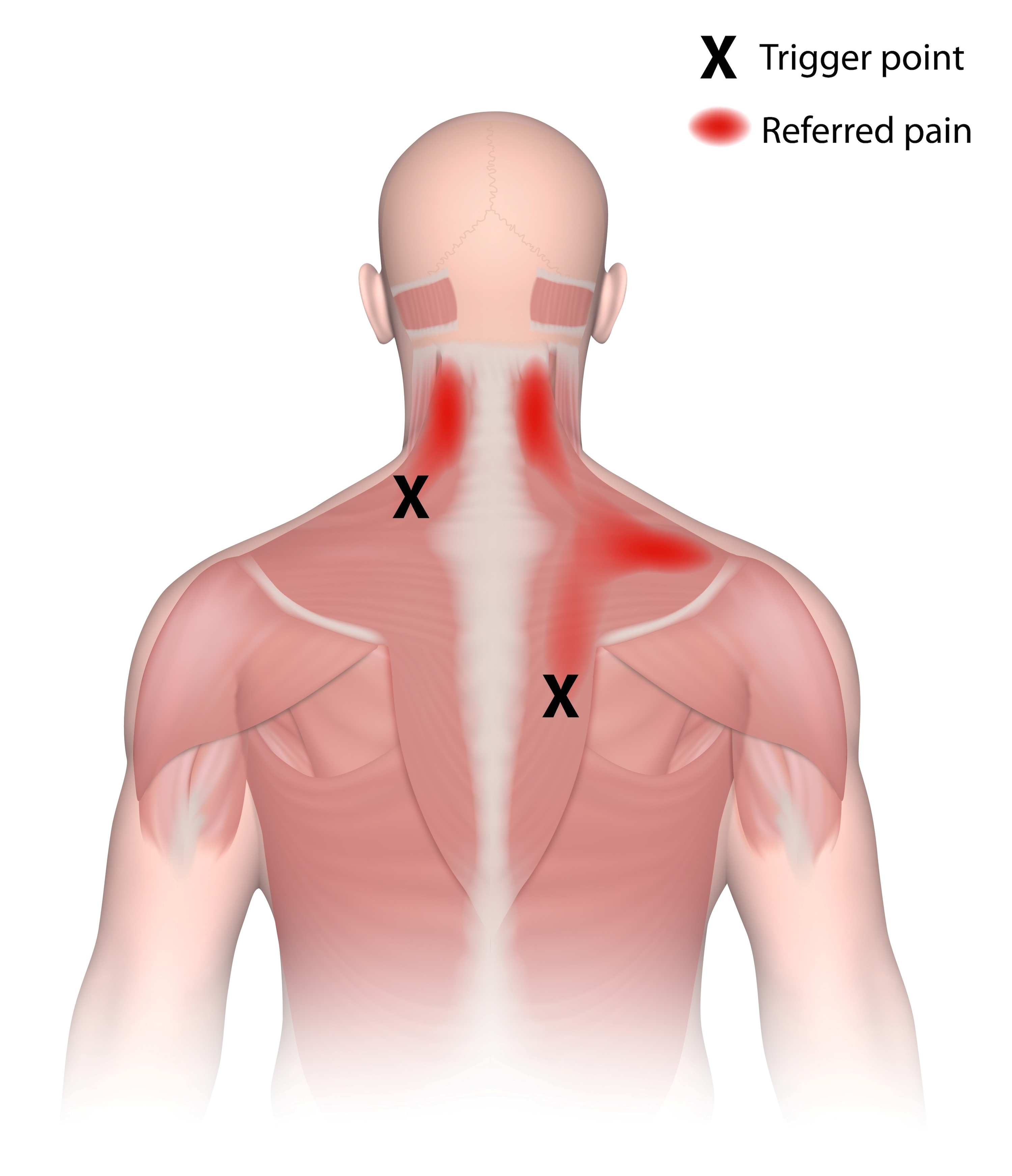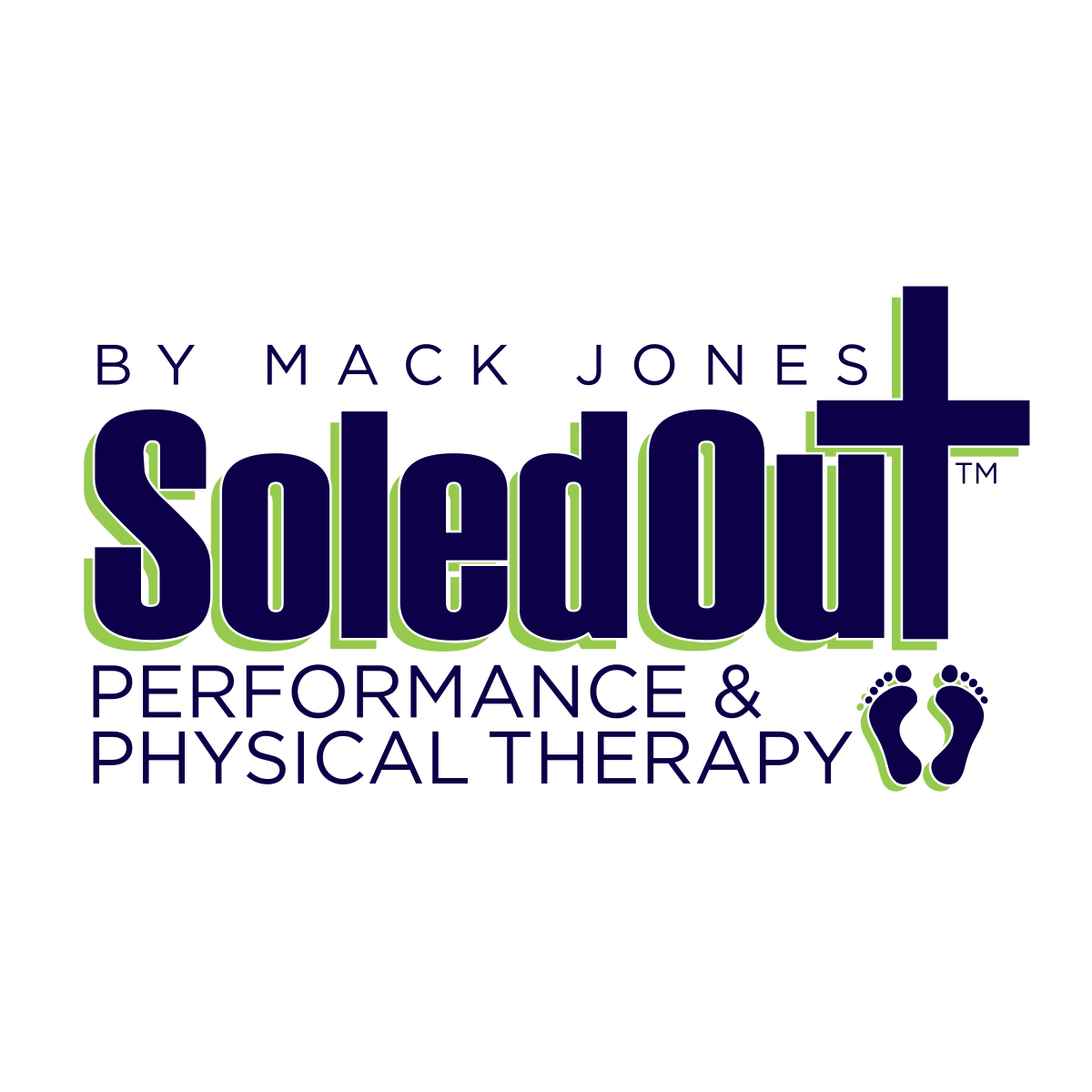
What is Dry Needling?
Over the past decade dry needling has become a commonly used treatment approach by healthcare professionals to help their patients alleviate aches and pain. At SoledOut Performance & Physical Therapy, we are often asked the question – “Does your clinic perform dry needling?” Sometimes this question comes from someone with very little experience with dry needling, but they may have heard that it was a way to “fix” their pain. In this short article, we will answer the commonly asked questions about dry needling and how it can help you.
What is Dry Needling?
Dry Needling is a technique used by licensed physical therapists and other healthcare providers to decrease pain and improve function of the musculoskeletal system. This technique involves using small, filiform needles to penetrate the skin and reach muscle tissue (figure 1). There is no injection of medication or solution involved, hence the name dry needling.

figure 1
Healthcare providers will use different techniques to perform dry needling. One of the most used techniques is to aim for a palpable trigger point in order to loosen tight muscles.
Trigger points are nodules with extreme tenderness and/or pain to the touch. When touched, a trigger point can cause pain in a local area or in some cases, cause pain in other areas – we call a referred pain pattern (figure 2). Trigger points arise for many reasons, including strenuous exercise, stress, or illness.

figure 2
Is Dry Needling helpful?
Yes, in certain circumstances. Research shows that dry needling is effective at treating common musculoskeletal complaints, including neck and lower back pain. However, there are no “one-technique cures all” in the world of sports medicine or rehabilitation. Dry needling is one of many techniques that your healthcare provider may use to treat your specific painful area, movement dysfunction, or injury. You should always undergo a thorough clinical examination by a qualified medical professional before undergoing any dry needling treatment.
If you have questions about dry needling, please contact us here.
Thanks for reading!
Notes and References:
Systematic review of 12 randomized controlled trials found that dry needling compared to sham or placebo treatment was effective for decreasing pain immediately after and at 4 weeks post-treatment for patients with neck and shoulder pain.
Kietrys DM et al. “Effectiveness of Dry Needling for Upper-Quarter Myofascial Pain: A Systematic Review and Meta-analysis,” J Orthop Sports Phys Ther 2013;43(9):620-634. Epub 11 June 2013.
Review of 16 randomize control trials found that dry needling is effective for alleviating pain in patients with lower back pain.
Hu HT et al. “Is dry needling effective for low back pain?: A systematic review and PRISMA-compliant meta-analysis.” Medicine. 2018 Jun;97(26):e11225.
The results of this study show that individuals suffering from hip pain can get similar benefits from dry needling as from a corticosteroid injection. This is helpful for those who maybe concerned about receiving corticosteroid injections or would like to explore less invasive options.
Brennan et al, “Dry Needling Versus Cortisone Injection in the Treatment of Greater Trochanteric Pain Syndrome: A Noninferiority Randomized Clinical Trial” J Orthop Sports Phys Ther 2017;47(4):232–239.
